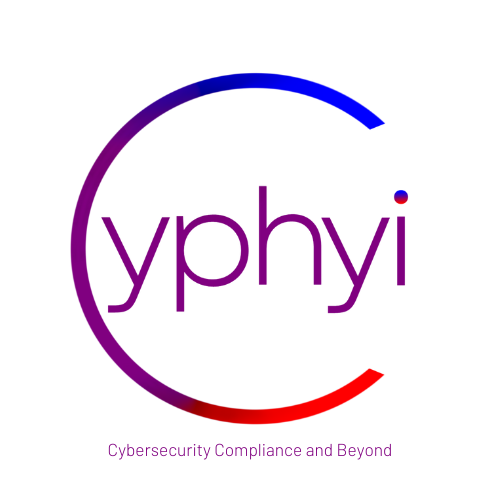When developing automotive systems under the ISO/SAE 21434 standard for cybersecurity engineering, understanding the distinctions between in-context, out-of-context, and off-the-shelf (COTS) components is crucial for effective risk management and compliance. These concepts influence how cybersecurity requirements are defined, assessed, and integrated into vehicle development projects.
Understanding Component Contexts in ISO/SAE 21434
1. In-Context Components
In-context components are developed specifically for a defined vehicle or system environment, based on explicit requirements provided by the integrator (e.g., an OEM). These components are designed with a clear understanding of their operational environment, interfaces, and constraints. This allows for precise cybersecurity risk assessments and tailored security measures.
- Example: A custom-developed electronic control unit (ECU) designed for a particular vehicle model, with cybersecurity features implemented according to the vehicle’s threat landscape and operational conditions.
2. Out-of-Context Components
Out-of-context components are developed generically, without a specific vehicle or customer context in mind. They are intended to be reused across multiple platforms or vehicle types. Because they are developed prior to integration, they come with assumptions about their operational environment, interfaces, and security requirements. These assumptions must be explicitly documented and validated by the integrator when incorporating the component into a specific vehicle.
- Example: A microcontroller or operating system developed to be used in various automotive applications, where the exact vehicle environment is not known at development time.
The key challenge with out-of-context components is that the integrator must perform a analysis to verify whether the component’s assumptions hold true for the intended use. If not, a managed change process is required to ensure compliance with ISO/SAE 21434 cybersecurity requirements. This includes assessing the component’s interfaces, threat exposure, and security controls to identify gaps and necessary adaptations.
3. Off-the-Shelf (COTS) Components
Off-the-shelf components are third-party products or libraries that are integrated without modification and were not developed specifically for the automotive context or the integrator’s requirements. These are often considered “black boxes” because their internal design and development processes are opaque to the integrator.
- Example: Open-source software libraries, commercial microcontrollers, or middleware components purchased and used as-is.
For COTS components, the integrator must analyze available documentation to determine if the component meets cybersecurity requirements or if additional security measures are needed. If documentation is insufficient or compliance cannot be demonstrated, further activities such as additional testing, validation, or compensating controls must be planned and executed to achieve conformity with ISO/SAE 21434.
Practical Implications and Examples
| Component Type | Development Context | Cybersecurity Approach | Practical Example |
|---|---|---|---|
| In-Context | Developed for specific vehicle | Directly tailored cybersecurity requirements and risk assessment | Custom ECU designed for a specific car model |
| Out-of-Context | Developed generically with assumptions | Reuse analysis to validate assumptions; managed changes if needed | Microcontroller OS used across multiple vehicle lines |
| Off-the-Shelf (COTS) | Purchased without modification | Documentation analysis; possible additional controls or validation | Third-party encryption library integrated as-is |
Example Scenario:
Suppose an automotive manufacturer wants to integrate a generic microcontroller OS (out-of-context) and an open-source cryptographic library (off-the-shelf) into a new vehicle:
- For the microcontroller OS, the manufacturer reviews the assumptions about its use, such as expected interfaces and update mechanisms. If the vehicle environment differs from these assumptions, the manufacturer must implement additional security controls or request modifications from the supplier to comply with ISO/SAE 21434.
- For the open-source library, the manufacturer evaluates the library’s security documentation, known vulnerabilities, and update policies. If gaps are found, they might add security wrappers or monitor for vulnerabilities continuously to maintain compliance.


